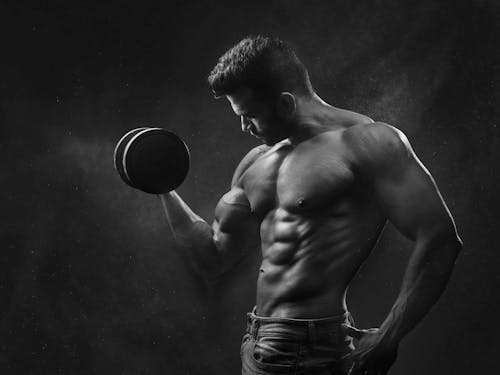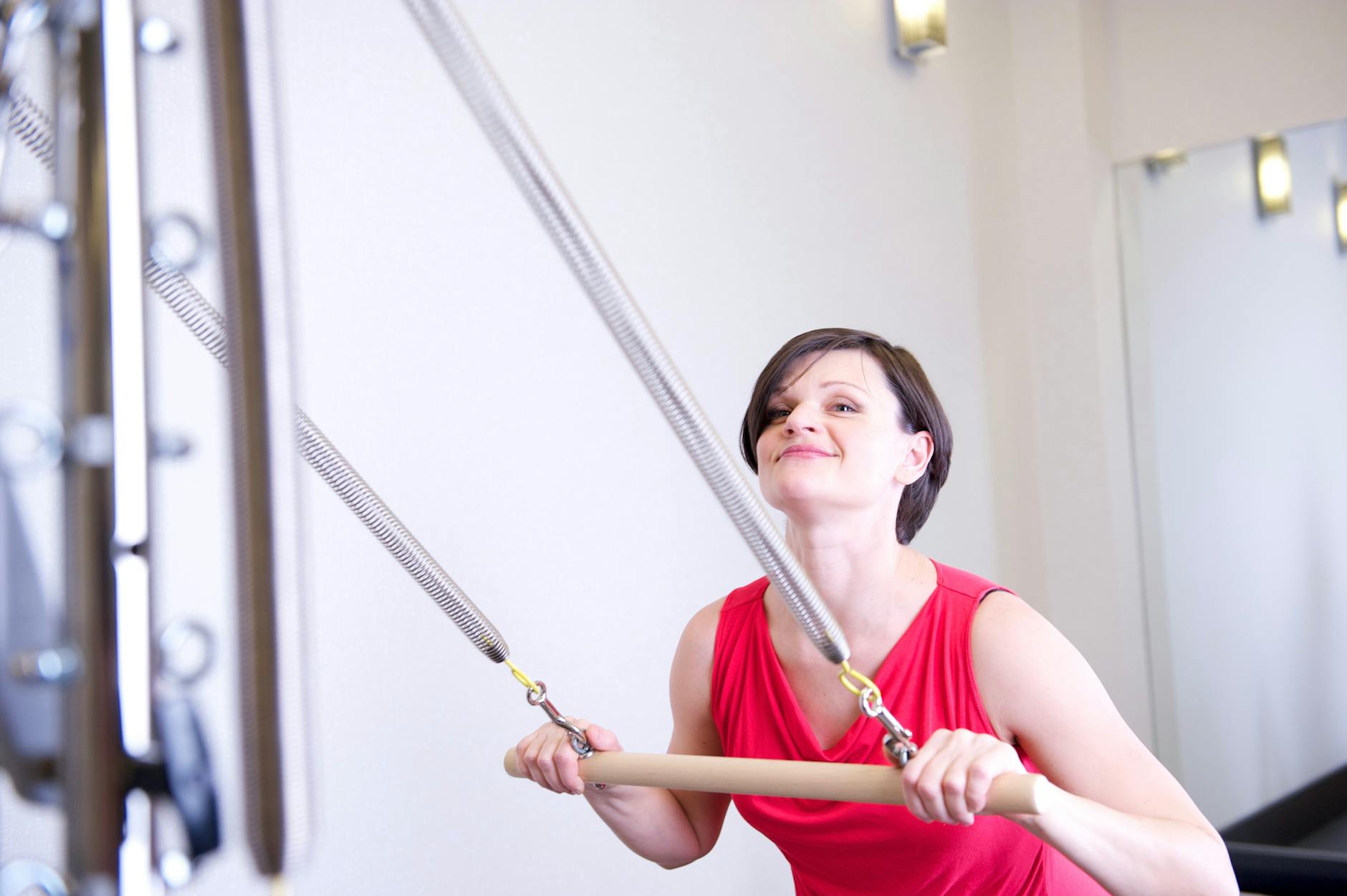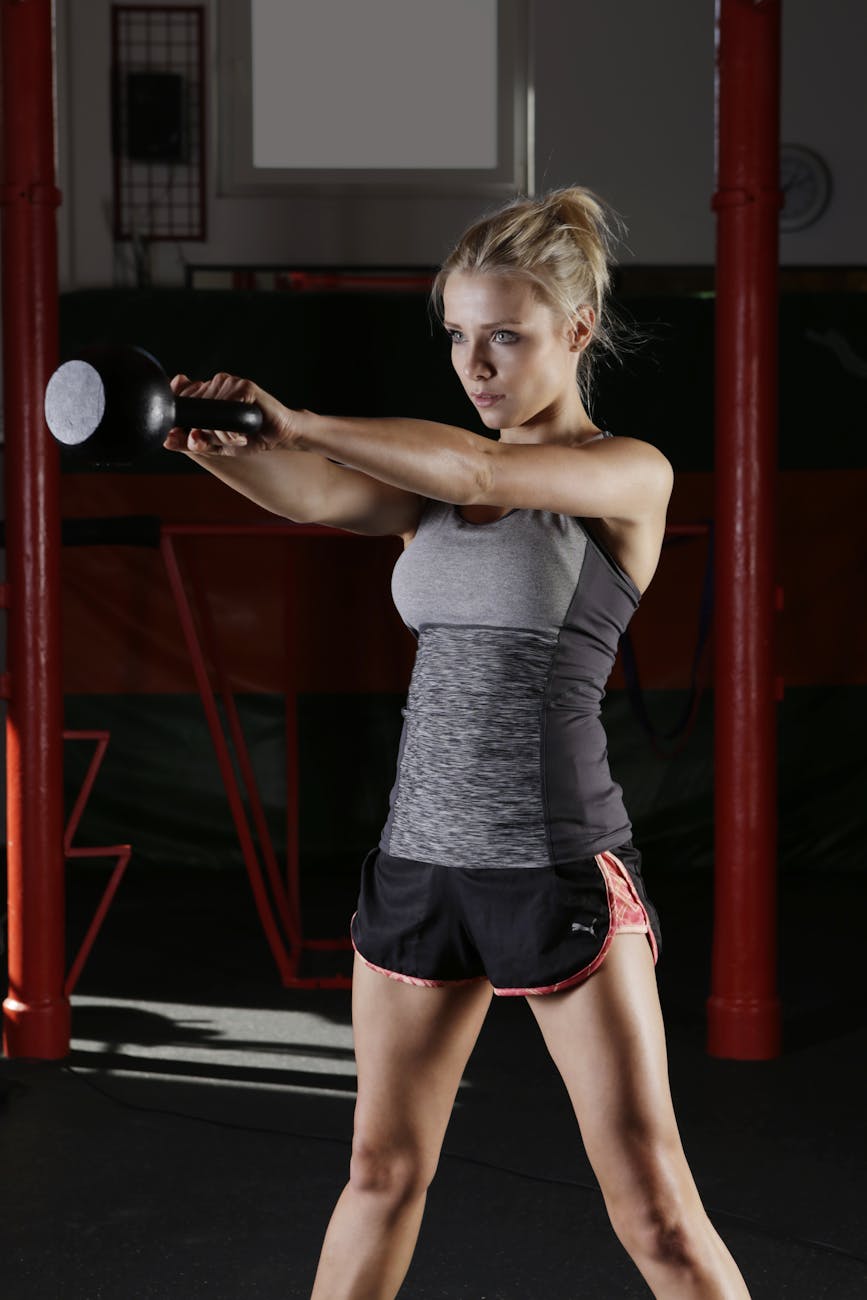A New Fitness Workout (That’s not gonna actually pull your face.)

Most of us work out to look good. No? You’re doing it for health reasons? Okay–well, I work out to look good, and this is an easy workout to slip into the regimen that’ll improve more than just “gettin’ you them gunz”. This isn’t just one of the fitness trends.
I know that it’s easier nowadays to just get a personal trainer when it comes to your fitness. Why learn workouts online when someone can teach you? Personal training gets expensive though, but don’t worry. For the most part, as long as you do your research and take caution, you can build workouts yourself. The “Face Pull” workout is recommended as a good ending for every fitness routine whether HIIT(high-intensity interval) classes or indoor cycling because it improves posture, streamlines muscle balance, and prevents injuries.
Why it Works
Weight lifting does so much for your body and health. It’s important to maintain a balance with the muscle groups you work on. The Face Pull is special in this case.
It hits important muscles that don’t normally get trained. With a lot of fitness routines, you’re pushing against a bar or a dumbbell, or you’re pulling, but it’s with the major muscles in your back. These small muscles(the rotator cuffs in your shoulders) need to be trained too so that they can all work together. Your body should be one smooth, well-oiled machine working toward one goal. And that’s some free advice you can take out of the gym.
How to Do It

Alright, so you know what happens on the inside now. But what to do on the outside? The last thing I want you to do is head to your gym and not know what to do. I hate standing around confused, personally. So, let’s take a look at what equipment you’ll need, the movement you’ll use, and specifically what form to take.
First, you’re going to get yourself into a gym with cables and pulleys set up. If you’re lucky enough to have this (or resistance bands) in your own home, then great! The cables and pulleys machine is the nifty looking apparatus with all the ropes in it. The above picture is of this machine. Most likely, you’ll see some swole dude (or dudette, we’re equal opportunity here) pulling them into his/her chest and grimacing at the mirror. Me one day, hopefully.
Here’s how to perform this exercise:

- Set one pulley to a higher placement than your face. Your posture for this exercise is the same as the photo to the left.
- Insert the dual-ended rope at the end.
- Grasp each end firmly (like an airline seat belt), thumbs pointed behind you, and arms stretched out in front.
- Pull it backward and rotate your arms out, elbows at a 90-degree angle and below the shoulder. This should feel good and bad at the same time because these muscles aren’t hit a lot.
- Make sure your posture is good, and that you can breathe easily while doing this. Two of the most important rules in weight-lifting besides deodorant.
Ten reps should be good. Most personal trainers won’t hit this rotator cuff.
If you’re at home, secure your resistance bands so that you’re in the same position as the cables and pulleys machine. This could be around a pillar, a sturdy bookcase, or your roommate if they’ll hold still long enough. After setup, continue to do the aforementioned movement.
The second part of this set is about the same. You’ll just go straight up overhead with your arms stiff but not locked. Keep your thumbs pointed behind you, where everyone is looking because you’re doing a hip new workout.
Whether taking a yoga class, full body gym workouts, or just light calisthenics in your living room, this workout hits lesser-used muscle groups that you need to function well overall. If aesthetics are your goal, you’ll get better posture. For overall strength, this will build up those weaker muscles, providing more support in the long run. Need a little more? Here’s an instructional video that can help.
